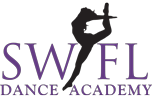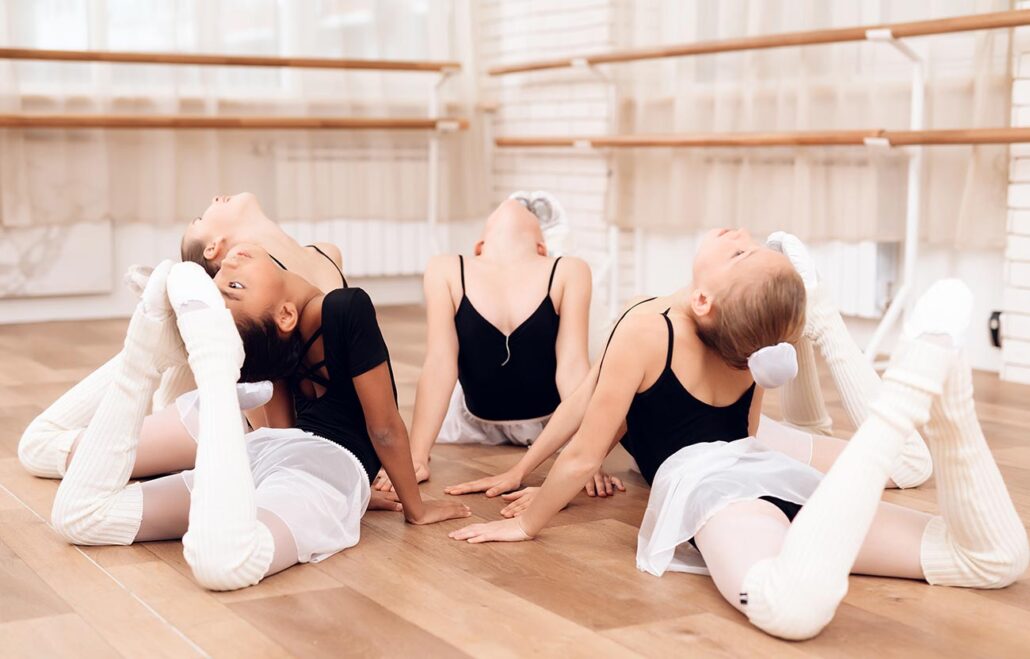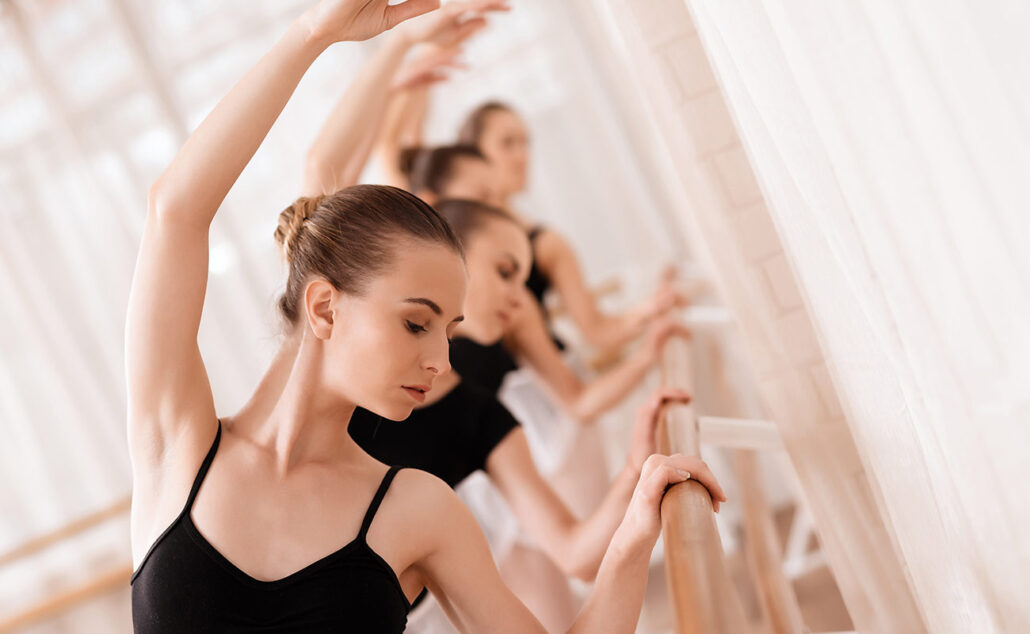Cheer training focuses on developing the skills, strength, and teamwork necessary for cheerleading, a dynamic and spirited sport that combines dance, gymnastics, stunting, and crowd engagement.
Cheerleaders learn and refine a variety of skills, including jumps, tumbling, stunts, and choreography, while also building endurance and flexibility. Training sessions often involve practicing synchronized routines, perfecting technique, and building trust and cooperation among team members.
Cheer training emphasizes athleticism, showmanship, and the ability to energize and motivate the crowd during performances at sporting events, competitions, and other cheerleading showcases.




